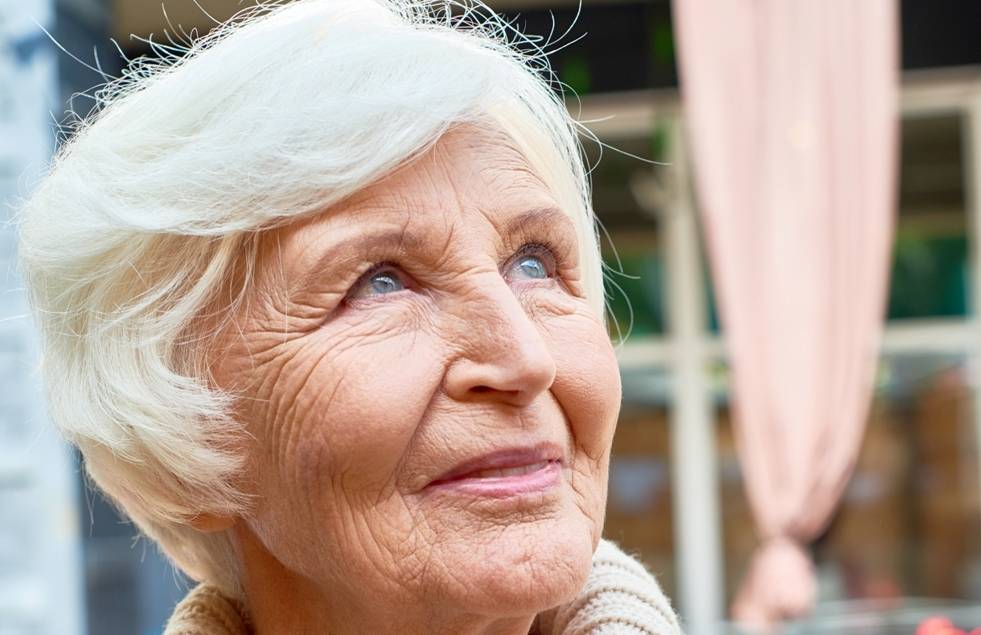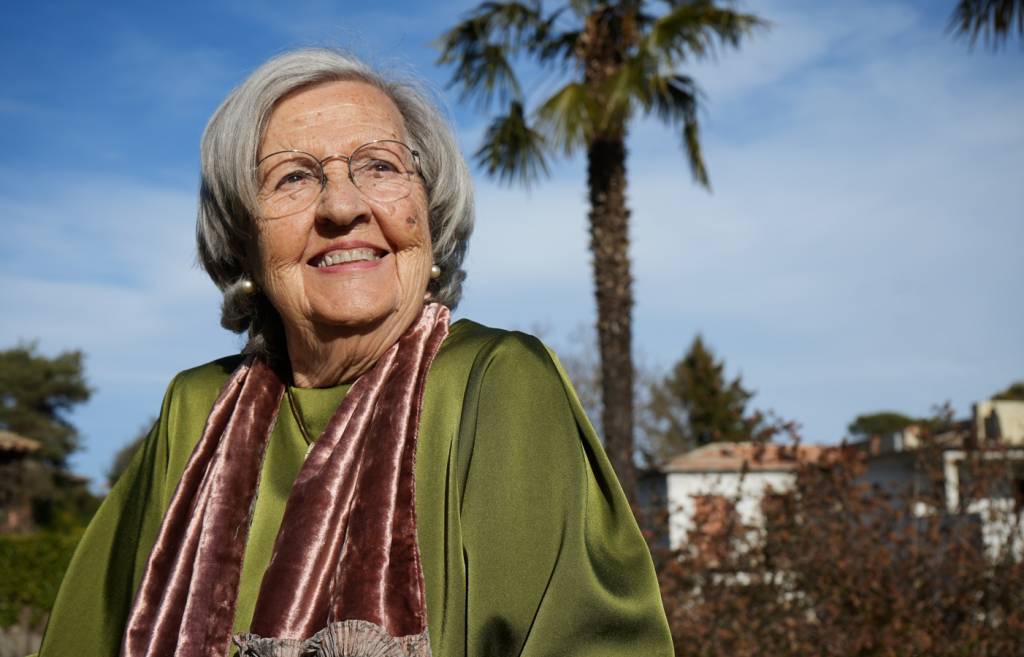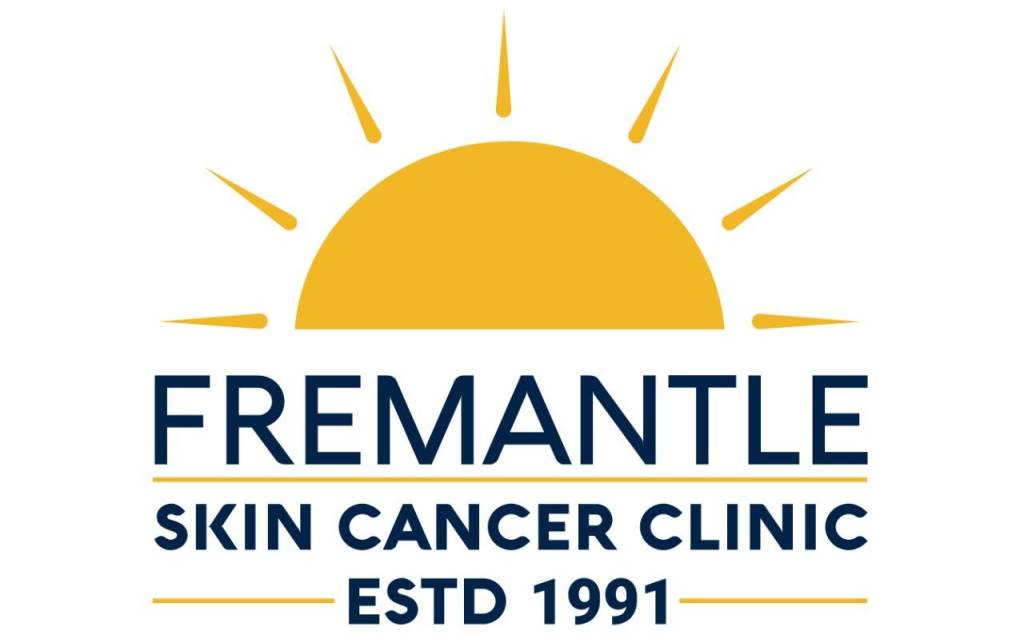Skin Cancer
Understanding Skin Cancer

Basal cell carcinoma (BCC)

Squamous cell carcinoma (SCC)

Melanoma
About skin cancer
Skin cancer is a disease of the body’s skin cells. Skin cancer develops when cells which make up the skin are damaged and grow abnormally.
The sun’s ultraviolet (UV) radiation is the main cause of skin cancer. Each time your skin is damaged by UV, changes take place in the structure and function of the skin cells. If UV damage keeps adding up, skin cells become less able to repair, increasing the risk of skin cancer.
There are three main types of skin cancer. The most serious is melanoma.
Our skin is made up of cells: basal cells, squamous cells and melanocytes.

The different types of skin cancer are named for the skin cell where the cancer develops: basal cell carcinoma, squamous cell carcinoma and melanoma. Carcinoma is another word for cancer. Basal cell and squamous cell carcinomas are often grouped together and called ‘common’ skin cancer or non-melanoma skin cancer.
Skin cancer usually appears on parts of the body that have been overexposed to the sun. It can also (less often) appear on skin not normally exposed to the sun.
What does skin cancer look like?
Skin cancer can present in many different ways which is why it’s important to know your skin and what’s normal for you.
Skin cancer can appear as:
- a new or unusual looking spot including a lump or sore which doesn’t heal or may bleed
- an existing spot that has changed in colour, size or shape.
If a spot strikes you as being a bit odd, take it seriously – it’s worth getting it checked by a doctor.
Types of skin cancer
Melanoma
Melanoma can grow quickly. The most aggressive forms can become life-threatening in as little as six weeks and if untreated, it can spread to other parts of the body.
Use the ABCDE rule to look for melanoma where:
- A = asymmetry, look for spots that are asymmetrical not round
- B = border, look for spots with uneven borders
- C = colour, look for spots with an unusual or uneven colour
- D = diameter, look for spots that are larger than 7 mm
- E = evolution, look for any changes to spots on your skin, and see your doctor as soon as possible if you notice any changes.
The earlier melanoma is found, the more successful treatment is likely to be.
Melanoma is often related to a pattern of irregular high sun exposure, including episodes of sunburn.
Superficial spreading melanoma (the most common type of melanoma)
It is usually flat with an uneven smudgy outline, may be blotchy and more than one colour – brown, black, blue, red or grey.
Nodular melanoma
A highly dangerous form of melanoma that looks different from common melanomas – they are raised from the start and have an even colouring (often red or pink and some are brown or black). This type of melanoma grows very quickly and needs to be treated as soon as possible. They are most common in older people in sun exposed areas such as the face, ears, neck and head.
Other forms of melanoma include lentigo maligna melanoma, acral lentiginous melanoma and desmoplastic melanoma.

